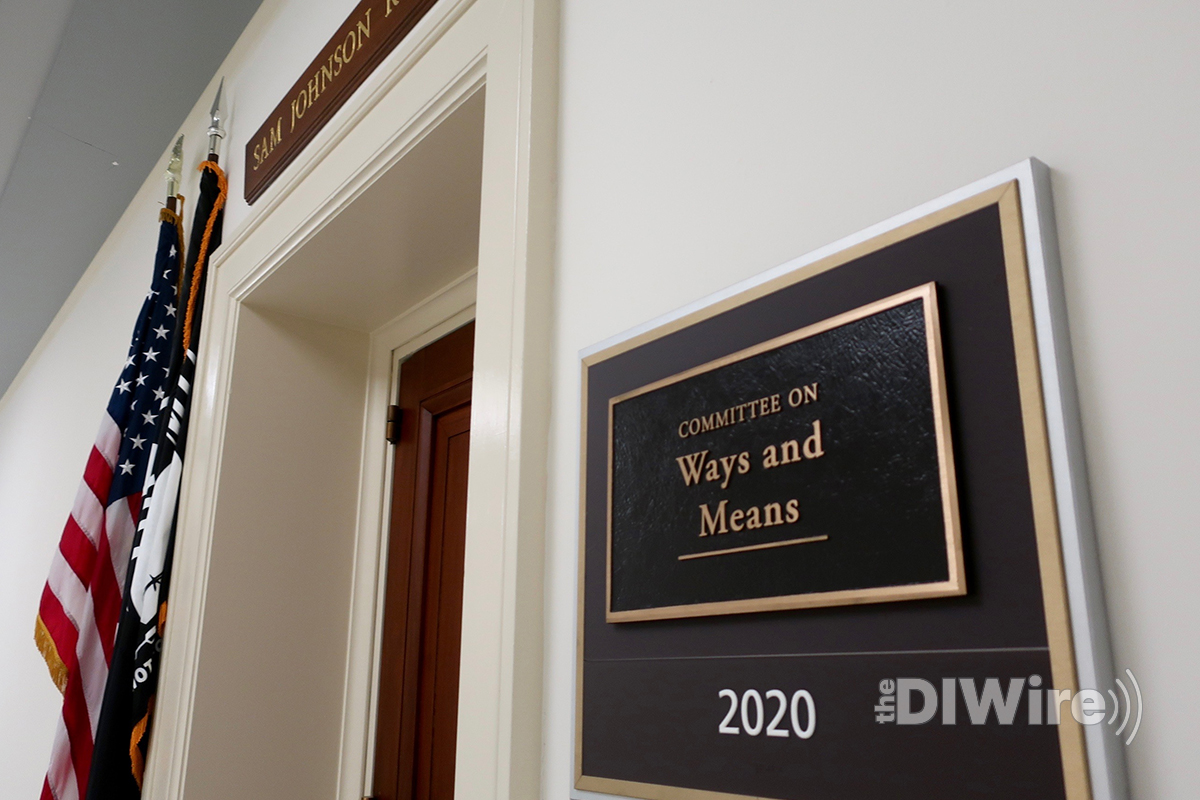House Committee Passes Tax Legislation Related to Opportunity Zones

Last week, the House Ways and Means Committee passed its first package of tax legislation in the 118th Congress which might expand the locations of opportunity zones.
If enacted, the legislation would result in the expansion of the OZ map and an increase in public transparency related to their investments and effects on designated communities.
The first provision related to the tax legislation would extend OZ designation to any rural persistent poverty census tract nationwide. This means, to qualify, a census tract would need to be in a county in which at least 50% of census blocks are considered rural and meet a persistent poverty threshold of 20% or greater poverty rate over the past 30 years based on a recent census bureau analysis.
A recent analysis by the Census Bureau on opportunity zones found that 1,926 rural census tracts meet the definition outlined in the legislation; however, of those qualifying tracts, more than one-third (684) are already designated as OZ communities.
This means the bill would create a new timeline for the tax benefit which would otherwise be identical to the bill passed in 2017.
The Joint Committee on Taxation estimates the cost of this provision to be $1.07 billion over the 2023-2032 window.
Also among its provisions is the Small Business Jobs Act, which would require the Treasury Department to produce an annual report using aggregated data of tract-level OZ investment activity, and two longitudinal reports measuring the performance of OZ communities over time across a variety of socioeconomic indicators (e.g., poverty, employment, new business starts, affordable housing units), including comparisons to the performance of communities that were not designated.
The longitudinal reports would be issued in the 6th and 11th years after enactment. According to the House, these reporting requirements and compliance penalties are intended to apply to investments made in the original OZ designations as well as the new map of rural opportunity zones.

